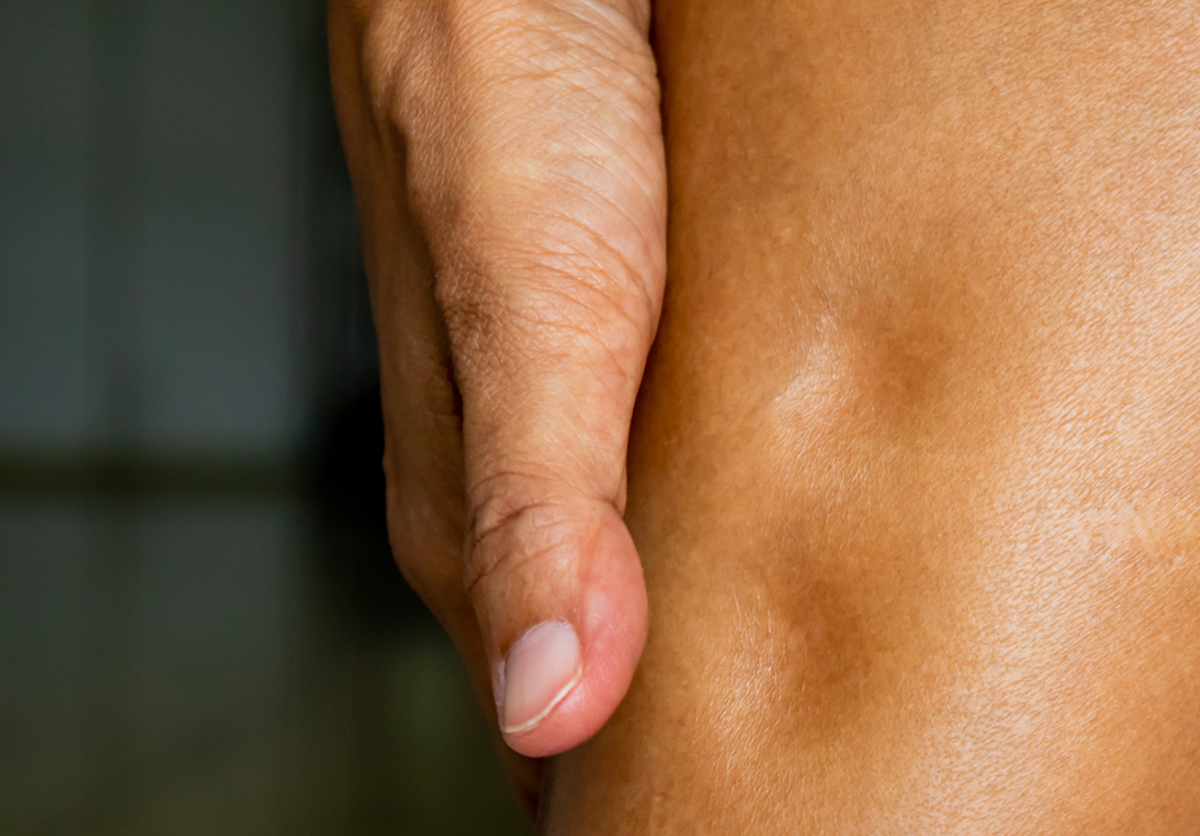The most recognizable symptom is, of course, the swelling and or puffiness of the body or a body part. When do we call something a swelling? Well, the enlargement of a body part by means of fluid or buildup in body tissue is edema. But there are more things you can tell if you are suffering from swelling…

Symptoms of Edema
You can also recognize swelling by taking into account whether a body part looks larger/puffier than a day before and the affected skin looks stretched and shiny. In addition, the skin can feel full or tight and others experience mild pain or soreness. If you suspect you have edema in your foot, legs, or ankles, you will also experience difficulty getting up and walking. Other common symptoms are:
- Coughing & trouble breathing
- Stiff joints
- Weight gain or weight loss
- Fuller hand and neck veins
- Visual anomalies
- Increased abdominal size
Suffering from Shortness of Breath, Difficulty Breathing, or Chest Pain?
In case you experience symptoms like shortness of breath, difficulty breathing, or chest pain, see a doctor immediately. You might be suffering from pulmonary edema, which means that excess fluids are collecting in your lungs. This is very dangerous as this can lead to congestive heart failure, acute lung injury, respiratory failure, and death. Some people also experience deep leg pain, and this, combined with a swollen leg, also means that you should contact your professional healthcare provider urgently.
This is because these symptoms are part of a DVT, also known as deep vein thrombosis. This condition can also cause serious health problems. Do you doubt if you suffer from edema and/or want to know how to get rid of it? You can read all about it on the next page.

